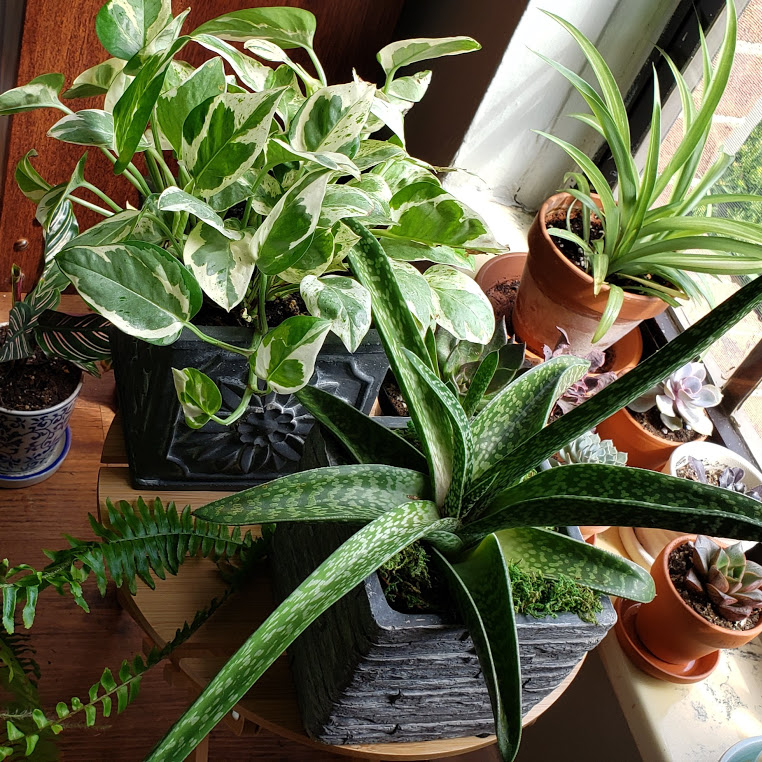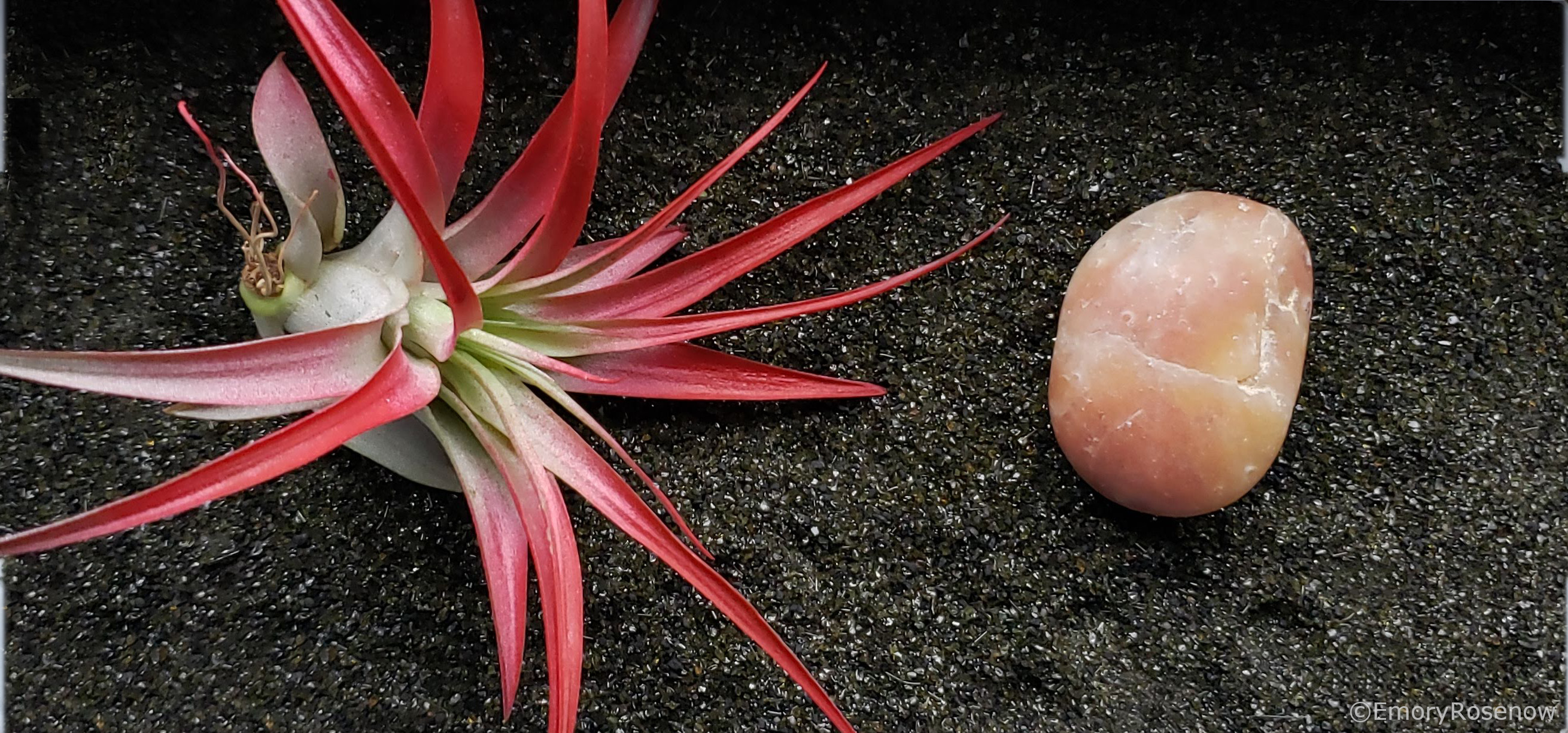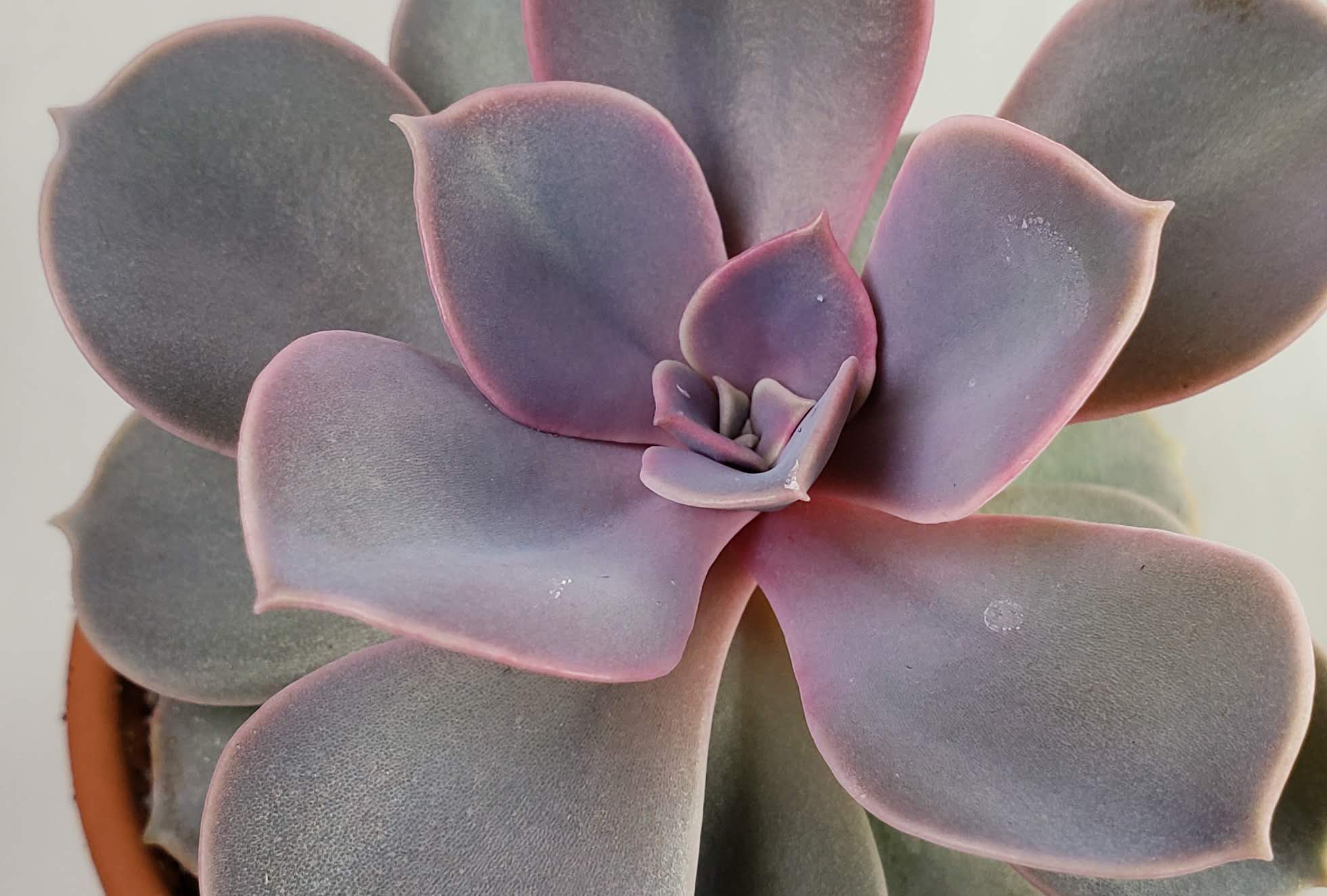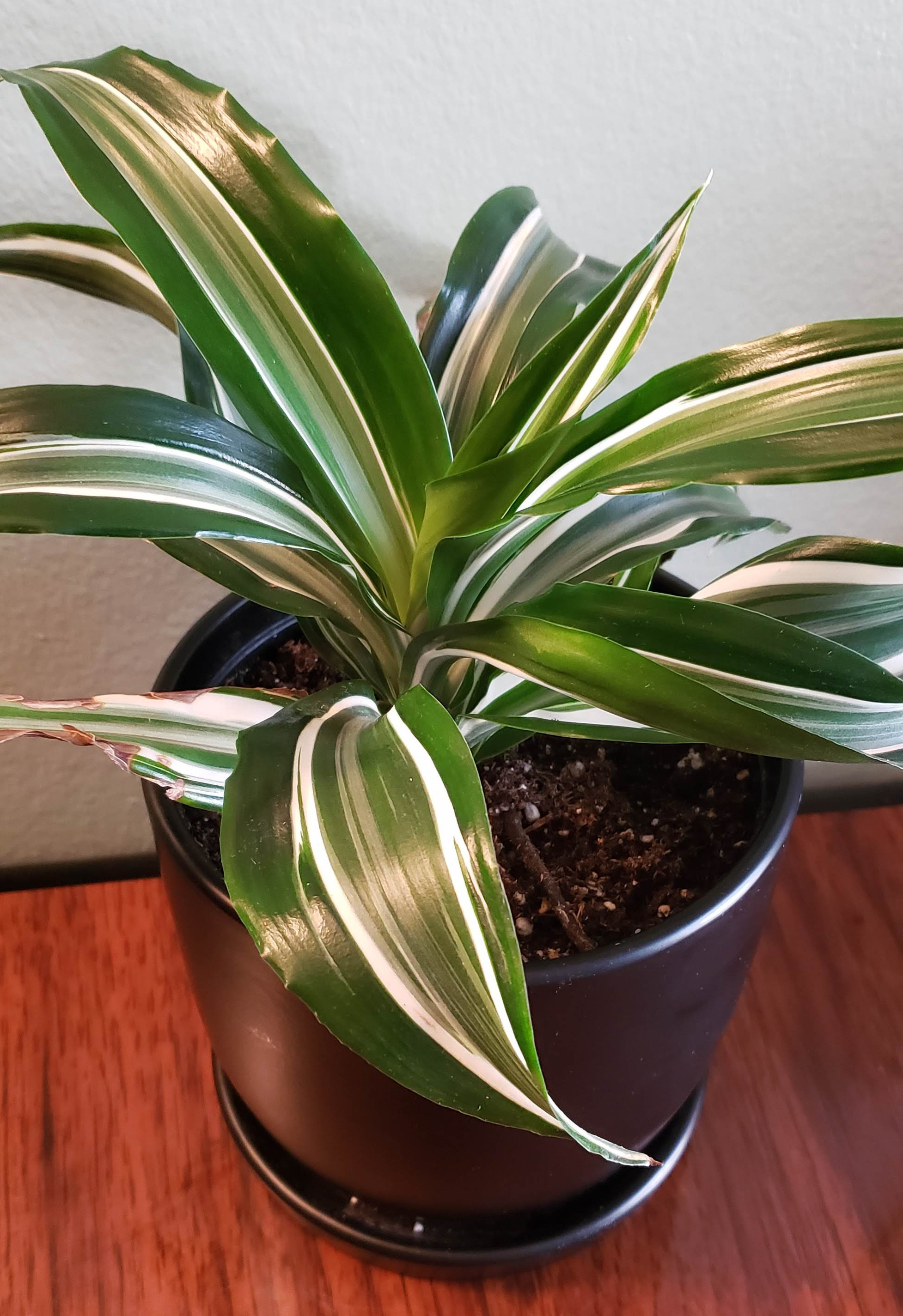A couple years ago I discovered that I love houseplants. It shouldn’t have been a surprise, considering I always helped to take care of the garden when I was growing up, but I don’t honestly think I ever considered having plants indoors until my Grandma gave me an offshoot of an aloe, pictured below (that thing’s still kicking and expanding, Grandma). The only potted plant I can remember having as a youth was a jade bonsai that I loved to death… literally. Hopefully the bonsai gods have forgiven me.

By now, I have expanded my collection from one aloe to over 50 plants from about 25 different genera. I am far from an expert, but I enjoy discovering and juggling everyone’s individual needs. I hope to share some of this excitement with you! This post will serve as a bit of an introduction to houseplanting as I know it; posts on individual plants will come later, so keep checking back!
What are houseplants?
Just so we’re all on the same page here, houseplants are plants that live in your house (or office), usually in some kind of container. This is in contrast to plants that live outside, either in the ground or in outdoor containers. Many popular houseplants are native to tropical climates. Some are native to forest floors, and have adapted to getting little to no direct sunlight. Others are more “normal” (depending on where you live, of course) outdoor plants that also grow well in containers. Pretty much any plant can be a houseplant though, given the proper care.
Where do you get houseplants?
This is the part where I enable your addiction, assuming you’re also addicted to houseplants. There are many ways that you can acquire houseplants, though some methods are better than others.
Gifts
If you’re just getting started on your journey towards crazy plant owner, this could be a great place to start! First, see if any of your friends or co-workers or family members is a houseplant aficionado. If so, there is a very good chance that they will have some baby plants that they are trying to get rid of, and will be happy to provide you with your first houseplant. Bonus, they will also tell you how to take care of it!
Nurseries
If you don’t have a plant person in your life, or if they’re too attached to their babies, a good next stop is a dedicated plant store, or a nursery. Some larger cities now have stores just for houseplants, but otherwise head for the greenhouse of the nursery. These will have a wide range of plants to choose from, so you can pick a plant that you’re attracted to! Most plants will come with a tag that gives care instructions, or there will be nursery workers who can fill you in on the nitty gritty details. They can also steer you towards plants that best fit you and what growing conditions you can provide.
Other Stores
Big box stores will often have a plant section. These can be cheaper than your local nursery, but I’ve found that houseplants especially there can be less hardy and more sickly. For a beginner, this could easily lead to an exercise in frustration as you try desperately to care for a plant that doesn’t seem to want to live. For more experienced growers, it can be fun to nurse the little abused creatures back to health! Just be sure they don’t spread anything to your other plants.
Online
I have personally never ordered a plant online, so I can’t give you my take on it. However, there are several reputable sites that you can order plants from. Typically they will be shipped “bare-root,” so be ready to provide a pot for when they arrive! This is a good option if there is a specific plant or varietal that you want, as nurseries don’t and can’t stock everything that anyone could want.
How do you care for them?!
Now that you have a houseplant (or 50), the fun can really start. Many people are hesitant about getting into plants because they are worried about keeping them alive. Good news: there are lots of low-maintenance plants out there! These are plants that are very forgiving about neglect or less than ideal conditions, and don’t require absolutely perfect conditions to thrive – more on that later. Right now we’ll focus on the six most important variables to consider when taking care of your plants:
- Water
- Light
- Temperature
- Humidity
- Food
- Container
Water
Possibly the most important element to plant growing is water. Beginners tend to either over-water or under-water their new plants, either loving them to death or forgetting about them entirely. Every plant has different water needs, so you’ll have to figure out what your plant likes. Tropical plants tend to prefer more water to less, while succulents are fine with going without water for up to weeks. A water meter can help you know what’s going on under the soil. Also, tap water usually contains chemical additives that can harm your plants, such as fluorine. If your leaf tips are browning in spite of adequate water, try switching to filtered or distilled water.
Light
Tied with water in importance is light. This is also one one of the trickier elements to get right, as it isn’t as much in your control as watering is. Many plants like more sunlight than your windows receive, and since I guess moving to a new home to accommodate your plants is somewhat impractical, you’ll have to find some way to supplement their light. Thankfully there are many grow lights available today, including some that are “full-spectrum” which both provide a more complete diet (if you’ll allow the term) and aren’t that painful purple color.
Temperature
In general, temperature shouldn’t be a huge concern. The vast majority of houseplants will be fine at normal room temperature, so your main concern will be if your house gets too chilly in the winter or too warm in the summer. Most houseplants are from tropical, semi-tropical, or hot arid regions and will be happiest if they stay above 65°F/18°C. However, there are a few popular houseplants that hail from cooler climates that prefer that temperatures don’t exceed that point. If your plant is either growing very slowly or looking wilted, check to see if temperature might be the issue.
Humidity
Remember how I keep talking about houseplants being tropical? That means they most likely enjoy higher humidity. Many plants even have special adaptions to make the most of a humid environment: orchids, for example, typically have arial roots that can draw the moisture directly from the air. This is why they get those special pots with the holes in them, because they aren’t planted in soil.
It can be hard to provide adequate humidity in your home, especially during the winter months with the heater running (unless you have steam heat) or if you live in an arid place. There are some tricks you can use to help though, such as using a spray bottle to regularly mist your plant, or using a tray with rocks and water under the plants, so the local humidity rises as the water evaporates. Putting plants in your bathroom is also an option, if there is enough light.
Food
Although plants get most of their nutritional needs from light and water, potted plants especially will benefit from supplemental plant food. Some plants require more than others. Check online to see what your plant may or may not need.
Container
Last but certainly not least: the container. People typically choose pots for their aesthetic value, overlooking how this will affect the plant that has to live in it. There are two important considerations for picking the right pot: size and material. A pot that is too small will stunt the growth of your plant by limiting its roots. A pot that is too large can mean that the soil gets stodgy where the roots don’t suck up the water, and then the soil becomes too dense for the roots to later expand.
The material can similarly impact your plant’s success. The main options are unglazed ceramic, glazed ceramic, and plastic. Unglazed is best for plants such as succulents, where it’s important that the soil doesn’t stay too wet. The unglazed ceramic will pull moisture out of the soil, where it can then evaporate from the sides of the pot. Glazed ceramic and plastic will both retain more water in the soil. Plastic is generally cheaper and lighter, while glazed ceramic will provide more temperature insulation for your plant’s roots.
Conclusion
Get a houseplant. Everyone should at least try their hand at growing something. It’s rewarding, it gives you a greater appreciation for natural beauty, and houseplants can even clean the air in your home!
Now that I’ve said that, do take your personal situation into consideration: if you have pets or curious children, make sure that you get a non-toxic plant and keep them out of reach. Some plants can be dangerous if ingested.





Sssssssteam heat!
🎩